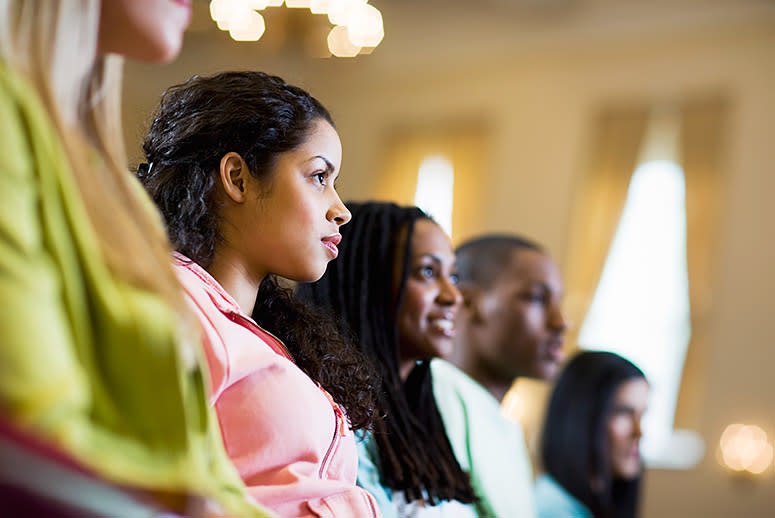Harsh Lesson of Diverse Schools: Minority Kids Learn They’re Being Shortchanged

Most families in struggling black or Latino neighborhoods accept the conventional wisdom: A quality education can unlock the door to success for their children. Yet their local public schools are more likely to be separate and unequal, with far fewer resources and a strong police presence that helps put kids in the school-to-prison pipeline.
Now, a Columbia University sociologist has found that integrating urban public schools can not only help minority kids succeed in the classroom but can also be a powerful factor in raising those students’ awareness of racial and economic inequality.
Studies have shown that low-income students who are educated in better-funded schools or more financially integrated communities tend to perform better than their peers stuck in high-poverty, under-resourced schools, said Carla Shedd, author of the new book Unequal City: Race, Schools and Perceptions of Injustice. According to her research, a change of environment for poor kids, or more economic and racial diversity within their peer groups, can have a profound effect on their sense of self-worth and help them better see institutionalized racism in their home communities.
“The [poor minority] kids who move across these [racial and economic] boundaries have a greater insight” into how segregation in a poor minority neighborhood is harmful. Those students, she said, “are more prepared to deal with society.”
For her book, Shedd interviewed middle school–age public school students from some of Chicago’s poorest communities. Some attended neighborhood schools that were heavily black or Latino, while others went to more integrated magnet or charter schools—or were enrolled in economically diverse schools outside their communities.
“We took an on-the-ground look at how young people perceive these different school environments,” said Shedd, who teaches African American studies at Columbia University. The goal of interviewing the students, she said, was to determine “what they think [racial stratification] means in terms of their future.”
Shedd found that because poor schools, like the surrounding neighborhoods, tend to be highly policed—metal detectors at the door, uniformed officers in the building, routine searches—kids who attend them have a more negative view of the world and are likely to assume life is like that everywhere.
Kids from poor neighborhoods who attend integrated schools, however, encounter far lighter security, as well as students and staff members with a friendlier, more positive attitude toward police. They also see the stark difference between the lifestyles of whites and minorities. Those children, said Shedd, are more likely to recognize that they are discriminated against in their Harsh Lesson of Diverse Schools: Minority Kids Learn They’re Being Shortchanged - Yahoo News:
